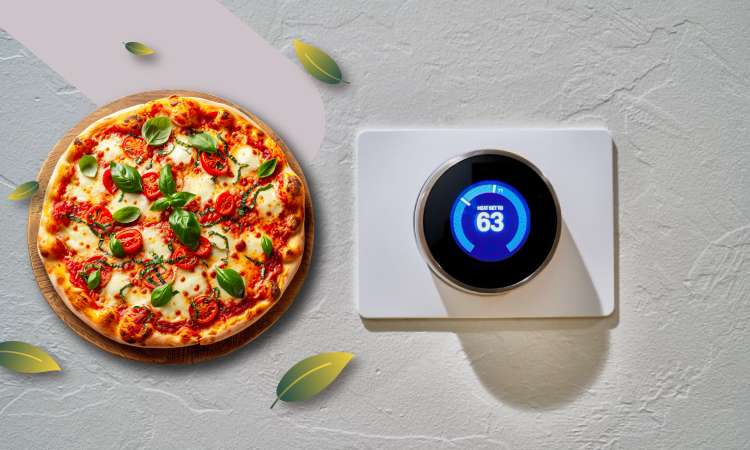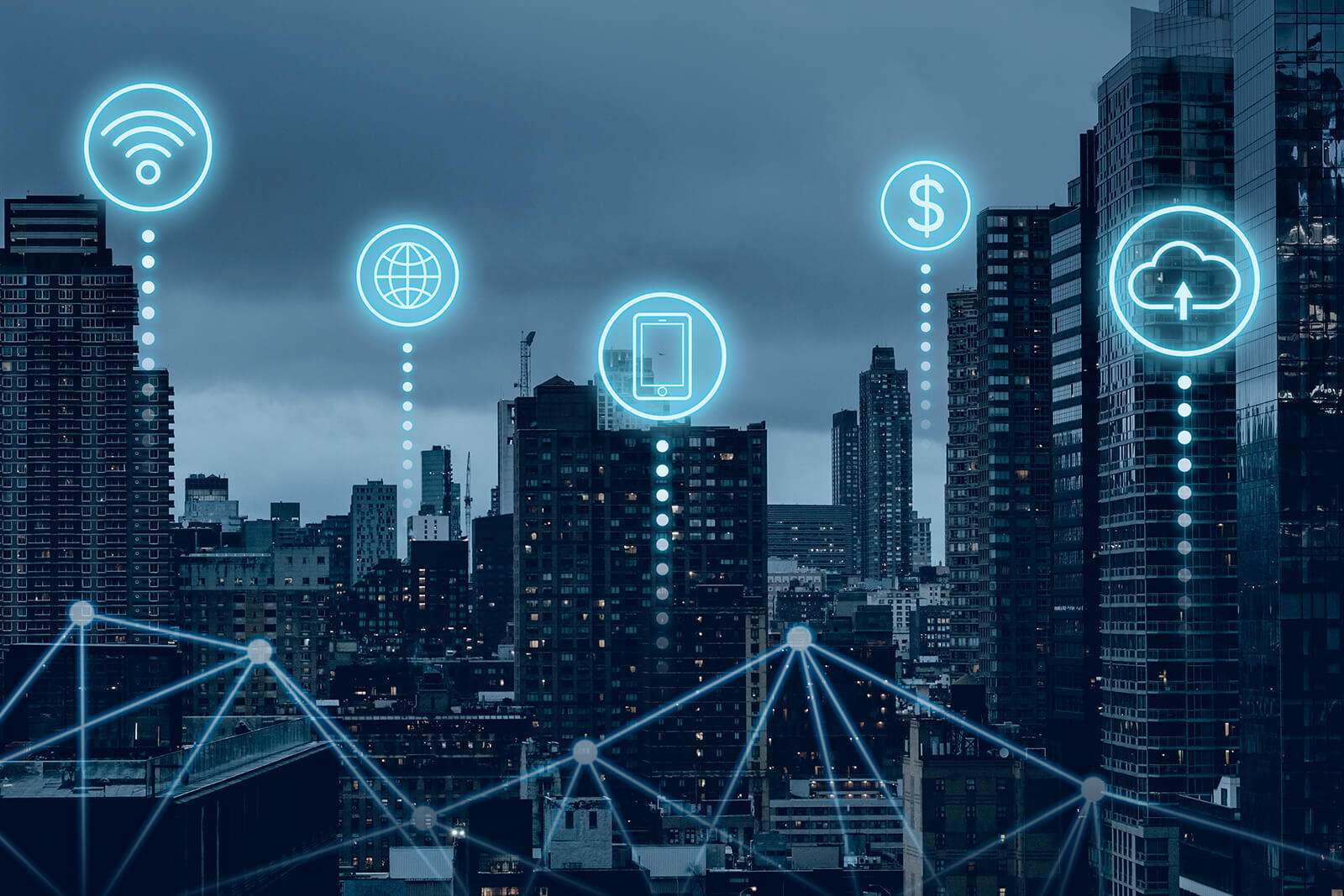Introduction
In the ever-evolving world of technology, the Internet of Things (IoT) has found its way into various industries, including the restaurant business. By incorporating IoT sensors and devices, restaurants can improve food safety, operations, and provide a better dining experience for their customers. IoT solutions offer a comprehensive approach to improving restaurant operations and customer satisfaction. Let’s explore how IoT can improve the restaurant industry.
Rodent Detection Sensor
One of the most significant challenges in restaurants is preventing rodent infestations, which can compromise food safety and damage the establishment’s reputation. IoT-enabled rodent detection sensors can help mitigate this issue. These sensors use advanced technology to detect the presence of rodents, such as mice or rats, and alert restaurant managers immediately. By promptly addressing potential infestations, restaurants can maintain a clean and hygienic environment, ensuring the safety of their patrons.
Rodent Trap Sensor
In addition to detection, IoT technology can also assist in monitoring and managing rodent traps. Rodent trap sensors can notify staff when a trap has been triggered, allowing for timely removal and replacement. This proactive approach helps prevent potential infestations and ensures that the restaurant remains pest-free.
Air Quality Sensor
Poor air quality can negatively impact the dining experience and pose health risks to customers and staff. IoT-enabled air quality sensors can monitor various factors, such as carbon dioxide levels, temperature, and humidity, ensuring optimal air quality within the restaurant premises. These sensors can trigger alerts when air quality falls below acceptable levels, allowing managers to take corrective actions, such as adjusting ventilation systems or identifying potential sources of contamination.
Sanitation Supplies Management Sensor
Maintaining proper sanitization is crucial in the food service industry. IoT sensors can be integrated into sanitation supply dispensers, such as soap, sanitizer, or paper towel dispensers. These sensors can monitor supply levels and automatically notify staff when refills are needed, ensuring that essential sanitation supplies are always available. This proactive approach helps maintain high standards of hygiene and prevents potential disruptions in service.
Water Leakage Sensor
Water leaks can lead to costly damage, mold growth, and potential safety hazards in restaurants. IoT-enabled water leakage sensors can detect even the smallest leaks, alerting staff to take immediate action. By addressing leaks promptly, restaurants can prevent further damage, save on repair costs, and maintain a safe environment for customers and employees.
Implementing IoT solutions in restaurants not only enhances food safety and operational efficiency but also demonstrates a commitment to providing a superior dining experience. By leveraging these technologies, restaurants can stay ahead of the curve, build customer trust, and maintain a competitive edge in the industry.
How RedSpark Technologies can assist restaurants with implementing IoT solutions?
Implementing IoT solutions in restaurants can be a daunting task, requiring expertise in software, and system integration. Fortunately, RedSpark Technologies offers comprehensive services to help restaurants seamlessly integrate IoT technologies into their operations. RedSpark Technologies specializes in providing end-to-end IoT solutions customized to the specific needs of the restaurant industry.
In conclusion
Bringing IoT into restaurants is a real game-changer, offering many benefits that can make the dining experience even better. By using technologies like rodent detection sensors, air quality monitors, and systems that track cleaning supplies, restaurants can make food safety a top priority, keep their spaces clean and healthy, and show their customers that they care about providing excellent service.
With Redspark’s wide range of services, including IoT consulting, hardware selection, platform integration, custom software development, deployment, and ongoing support, restaurants can easily bring IoT technologies into their operations.
As IoT continues to grow and improve, we can expect even more smart solutions to come out, further transforming the restaurant industry and setting new standards for food safety, cleanliness, and customer satisfaction.



